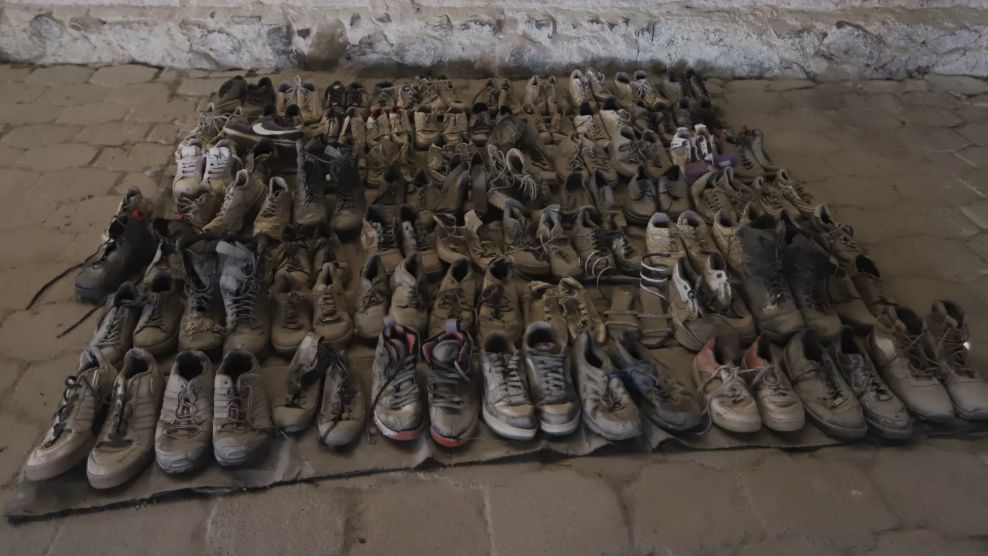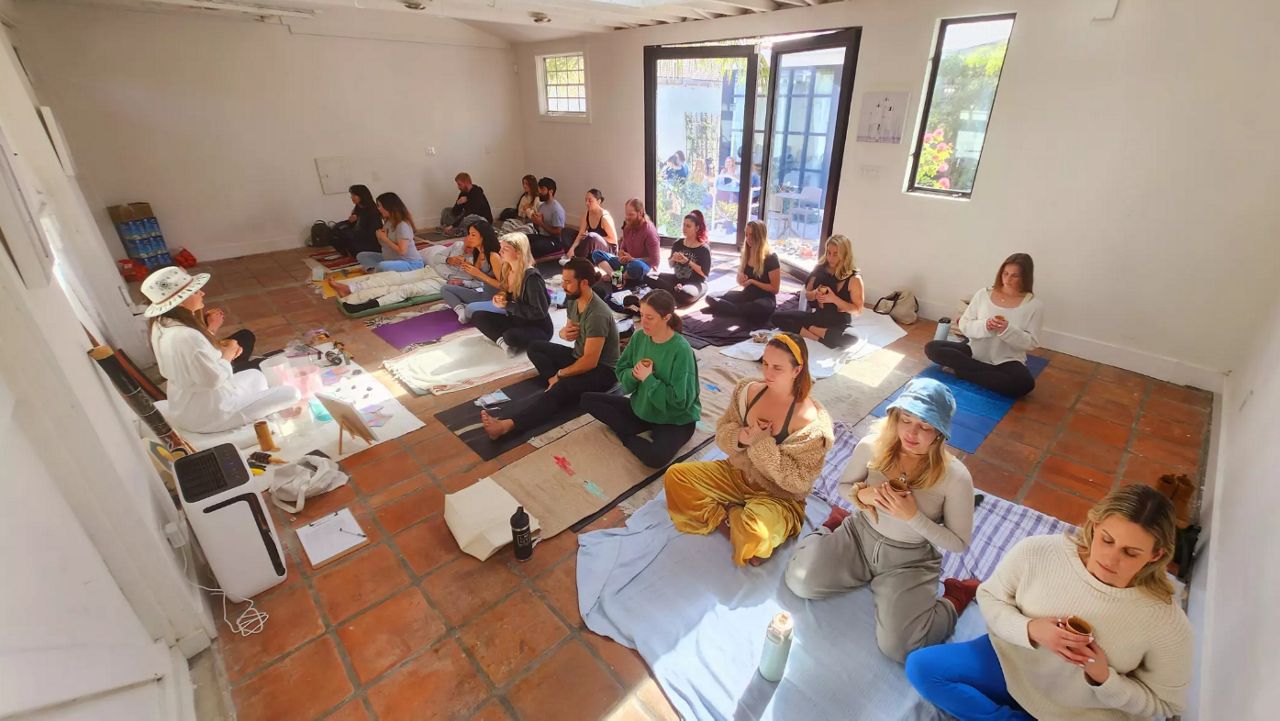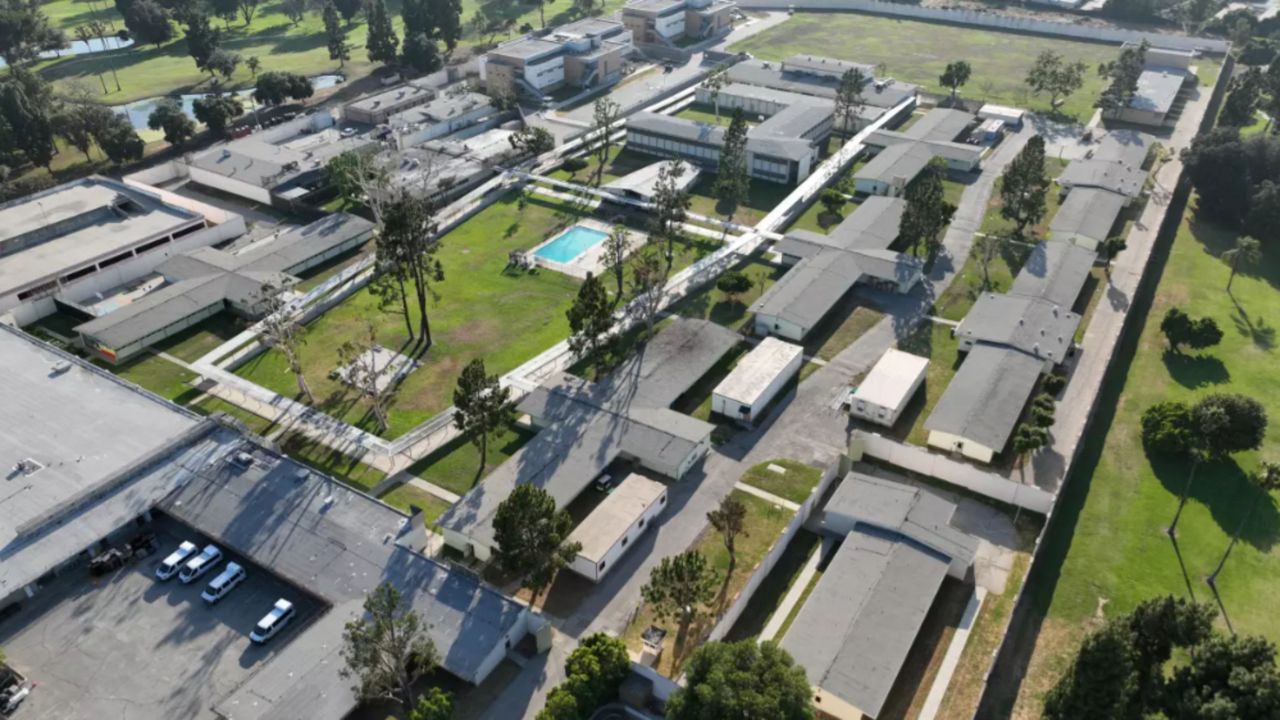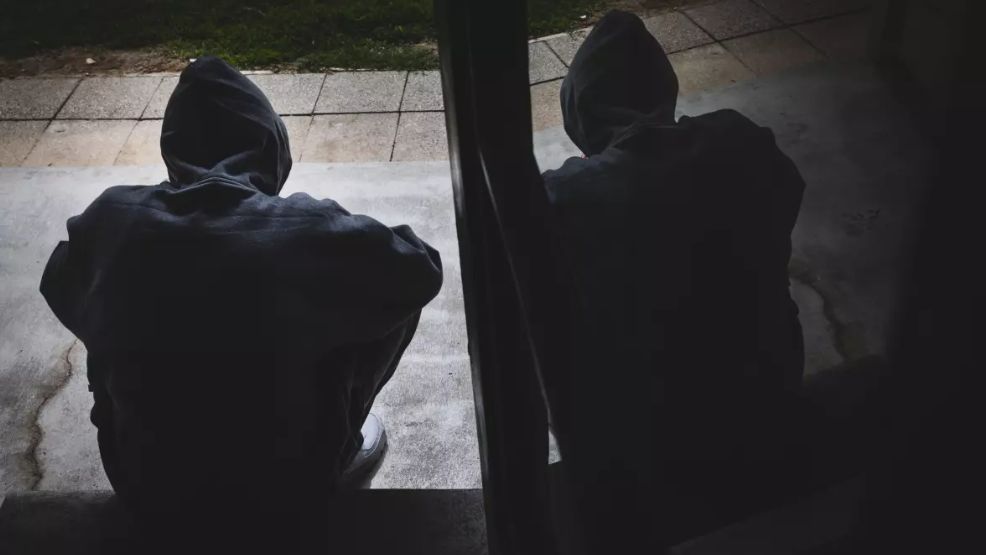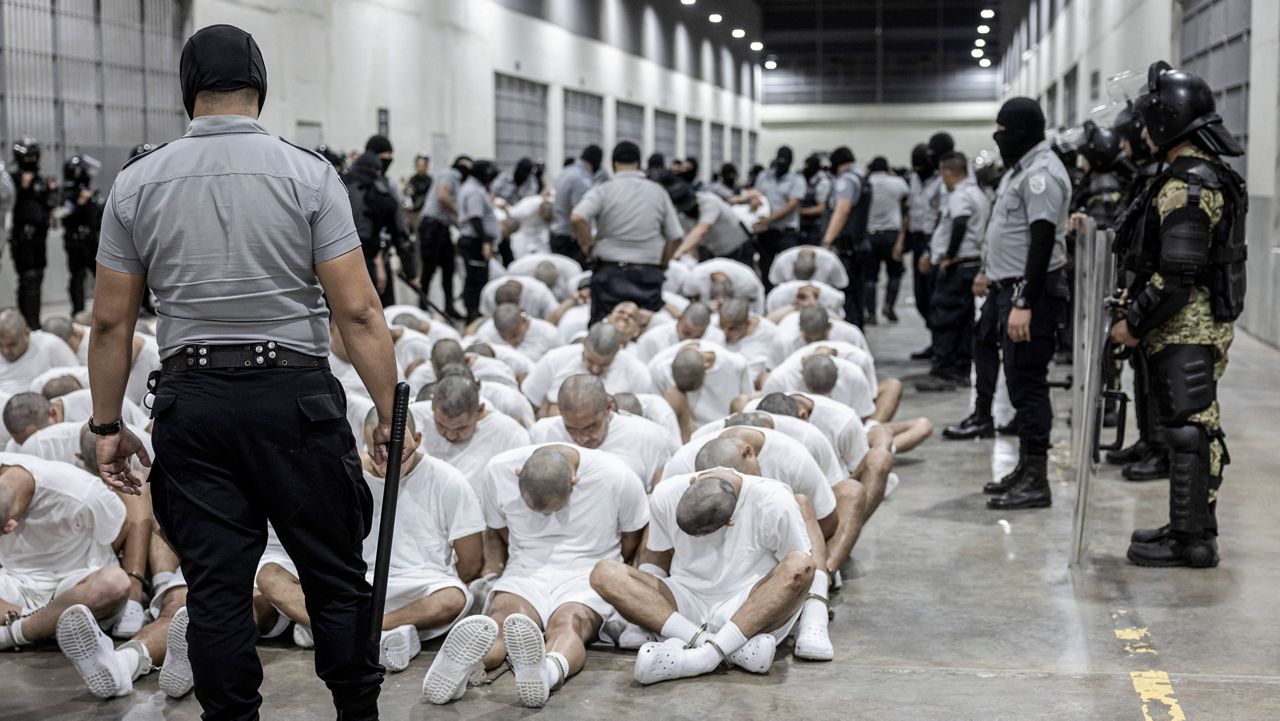Despite the number of earthquakes that have rocked Southern California recently, experts say the region is actually in an earthquake drought because there have been no destructive quakes under our most populous cities in 30 years. While that doesn’t mean a big one is imminent, it does mean that residents need to be prepared for everything. Jose Lara is a seismic hazards branch manager with California’s Office of Emergency Services, and he joined host Lisa McRee on “LA Times Today” with more on how to be ready for quakes, big and small.
Lara explained that recent earthquakes have served as “a reminder that we are in earthquake country,” but that they don’t necessarily indicate a dangerous quake is coming soon. He spoke about the ShakeAlert system that notifies residents of quakes.
“This technology is obviously cutting edge and is able to, within seconds, estimate the magnitude, the location and be able to deliver timely alerts so you could take protective actions,” said Lara. “And the way the system does this is through the MyShake application, which is the state’s sponsored earthquake early warning application that delivers seconds of early warning to everyone in California.”
Lara also explained what to do when an earthquake happens and debunked some outdated instructions.
“When you experience shaking or when you receive an earthquake, early warning alert is immediately drop, cover and hold on. That is the safest thing that you can do to protect yourself and your family during an earthquake,” he said. “[Heading to a doorway] is an outdated guidance that was around a couple of decades ago. And so we want to remind everybody is that, regardless of what you may have been trained decades ago, the guidance now is to drop cover and hold on wherever you are.”
Creating a family plan for earthquakes is important.
“A family plan encompasses everything from identifying your hazards in your home or making sure that you have everything in your home braced to mitigate injuries such as falling TVs and or falling glass cabinets,” said Lara. “Also, to really truly identify a go kit in case you have to evacuate your home or in case you’re actually driving while you experience strong shaking. And of course, most importantly, to make sure that your go bag in your home is fully stocked with all of the most important supplies, which includes water, food, medicine, and readily available cash. And don’t forget about your furry friends. Our pets will have to eat, too, during a disaster.”
Lara recommended checking on those supplies once a year to make sure the contents have not expired.
Click the arrow above to watch the full interview.
Watch “LA Times Today” at 8 and 11 p.m. Monday through Friday on Spectrum News 1 and the Spectrum News app.








